Hometown heroes: Watching the weather, one cylinder of rain at a time
|
Published: 09-03-2024 4:52 PM
Modified: 09-03-2024 4:56 PM |
There’s a group of New Hampshire volunteers who are like mail carriers in that neither rain nor snow will keep them from their appointed rounds.
That’s because rain and snow is the reason for their appointed rounds.
“My husband and I really like everything about the weather. … When I heard about this I thought, that would be fun!” said Deborah Blanchet of Concord.
She and husband Dave have been volunteers since 2009 for a project with the clumsy name of CoCoRaHS, or the Community Collaborative Rain Hail Snow project. Every morning by 7 a.m. she heads to the yard of her home in Rivers Edge Estates to measure how much rain or snow has fallen in the past 24 hours. Then they record it on the CoCoRaHS website where it appears among more than 10,000 daily observations in the U.S., Canada and the Bahamas.
“It’s fun to look and see your number,” Blanchet said.
Started as a local citizen-science project in Colorado in 1998, CoCoRaHS has grown to be an institution whose data is used, every day of the year, by the National Weather Service, meteorologists, universities and other institutions, given equal status to measurements from official stations. This huge amount of measurements from citizen scientists helps us understand weather patterns and trends, which is increasingly important in a climate-changing world.
Not bad for a bunch of people who set up plastic tubes in their yard that they check early every morning, including trips before sunrise in mid-winter.
“I’m an old-age pensioner and I tend to get up anyway,” said Jim Hilt of Bow, who has also been taking daily measurements for CoCoRaHS since 2009. He came to the task naturally, as he was a weather forecaster for the Air Force with a degree in meteorology.
Article continues after...
Yesterday's Most Read Articles
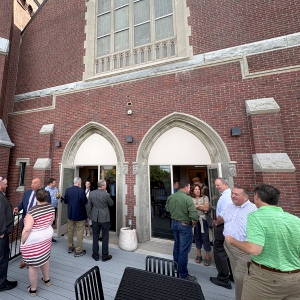 New Concord apartments open in former First Congregational Church
New Concord apartments open in former First Congregational Church
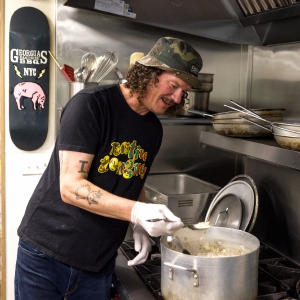 Georgia’s Northside in Concord transitions into catering and cooking classes
Georgia’s Northside in Concord transitions into catering and cooking classes
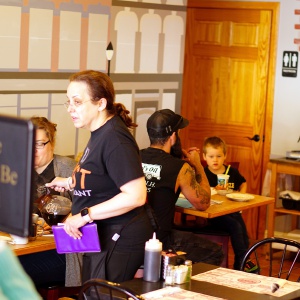 ‘Bittersweet’: The Post on Main Street closes Friday
‘Bittersweet’: The Post on Main Street closes Friday
 Inside EFAs: How school vouchers have fueled an enrollment boom at Christian schools across New Hampshire
Inside EFAs: How school vouchers have fueled an enrollment boom at Christian schools across New Hampshire
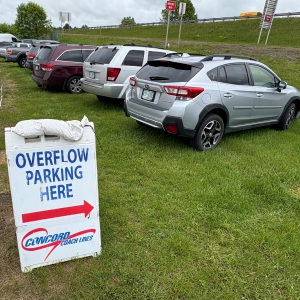 Messy parking around Concord’s bus terminal won’t get less messy any time soon
Messy parking around Concord’s bus terminal won’t get less messy any time soon
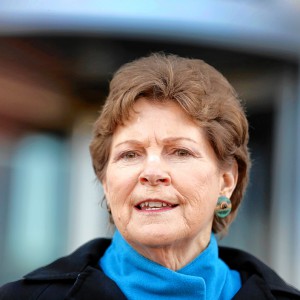 Stefany Shaheen, daughter of New Hampshire senator, launches House bid
Stefany Shaheen, daughter of New Hampshire senator, launches House bid
Both Hilt and Blanchet, who have made more than 4,500 measurements over the years, use the recommended CoCoRaHS system of a large plastic cylinder that can hold up to a foot of rain, with a smaller internal cylinder fed by a funnel. The internal system concentrates rainfall by a factor of 10-to-1, making it easy to see how much water fell in one-tenth-of-an-inch increments.
When it rains they check how much is in the cylinder, send the number to CoCoRaHS, then empty it out and wait for tomorrow. They send the number in even when there’s been no rain; keeping track of “zero days” is an important part of weather records.
Things are more complicated for snowfall, which involves several measurements: The depth of snow that fell in 24 hours as measured on a special board, the depth of snow lying on the ground and, most crucially, the amount of water held in both those measurements. That last figure, known as snow-water-equivalent or SWE, is more variable than you might think.
“There’s a huge difference. The average is 10:1,” said Hilt, meaning that 10 inches of snow on the ground melts down to one inch of water. “But seen it as low as 2½ to 1 … and sometimes much higher (than 10:1).”
“Oh yes, there’s a lot of difference,” said Blanchet, who used to live out west. “Sometimes you get light fluffy snow, like in Colorado.” But sometimes, as we all know from the drudgery of shoveling, we get wet, heavy snow.
The amount of water held in snow is important for predicting spring floods or summertime drought, which is why meteorologists favor it over a measure of snow depth.
When talking about how to take precipitation measurements, both observers pointed to their natural enemy: Ice.
When rain falls in winter it can create a crust of ice atop snow on the ground. Getting through that crust to measure moisture can be difficult. Both Blanchet and Hilt have broken their CoCoRaHS cylinders while using it to break through the ice.
This is an increasing problem in recent erratic winters, which increasingly seesaw from snow to rain and back again.
“The snow has diminished. It’s a lot less than we used to get,” said Blanchard.
Both volunteers say they have no plan to stop their measurements any time soon. It’s enjoyable and useful, they say.
More than 570 people have taken CoCoRaHS measurements in New Hampshire over the years, with about 170 of them still actively participating. The eastern half of Merrimack County is pretty well covered by observers but there’s a big gap between Contoocook and New London. Check the website (cocorahs.org) to learn more.
David Brooks can be reached at dbrooks@cmonitor.com.

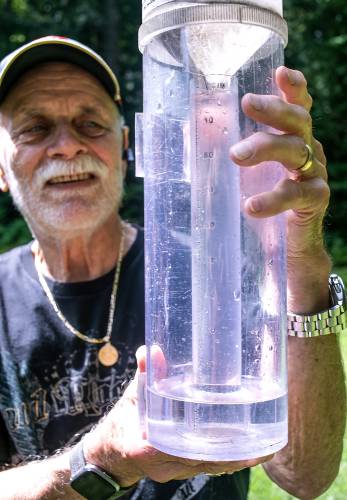
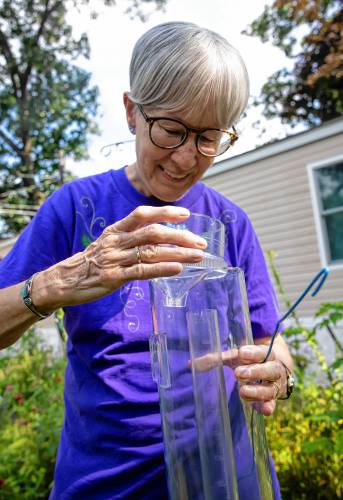
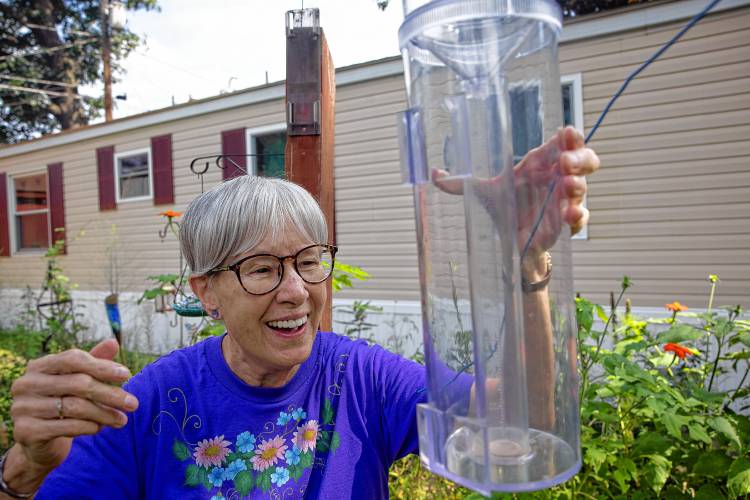
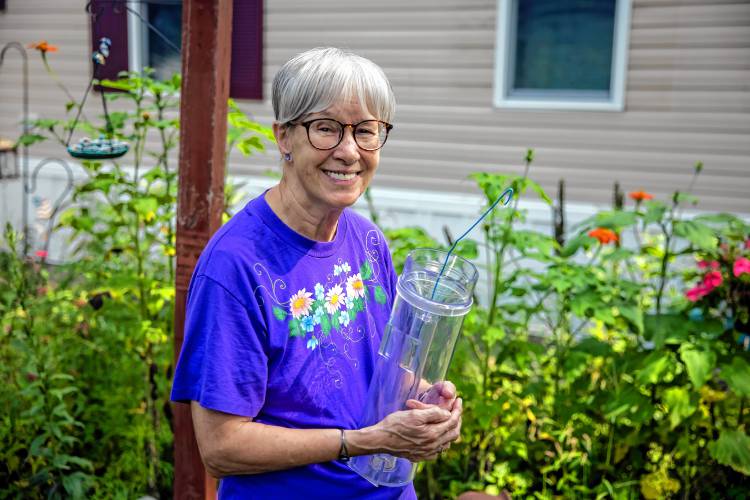
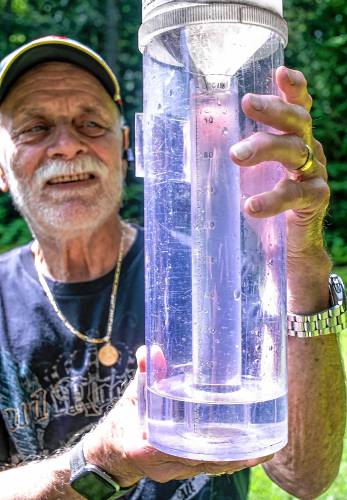





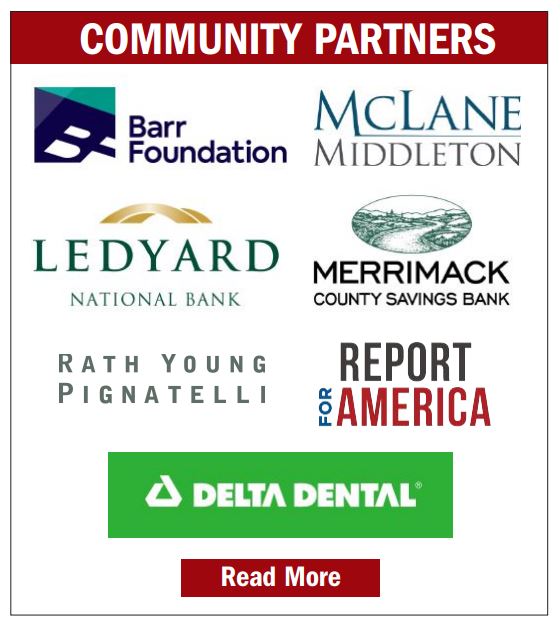
 Concord Christian Academy celebrates accomplishment and faith at graduation ceremony
Concord Christian Academy celebrates accomplishment and faith at graduation ceremony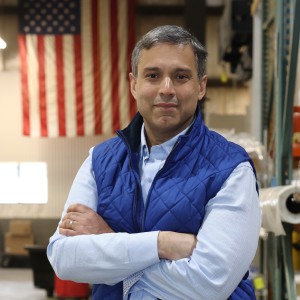 Goodwell Foods takes over Rustic Crust private label frozen pizza
Goodwell Foods takes over Rustic Crust private label frozen pizza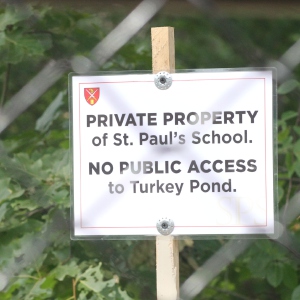 St. Paul’s School won’t reopen public access to Turkey Pond
St. Paul’s School won’t reopen public access to Turkey Pond Students address worldwide problems through Community Changemaker Challenge
Students address worldwide problems through Community Changemaker Challenge
